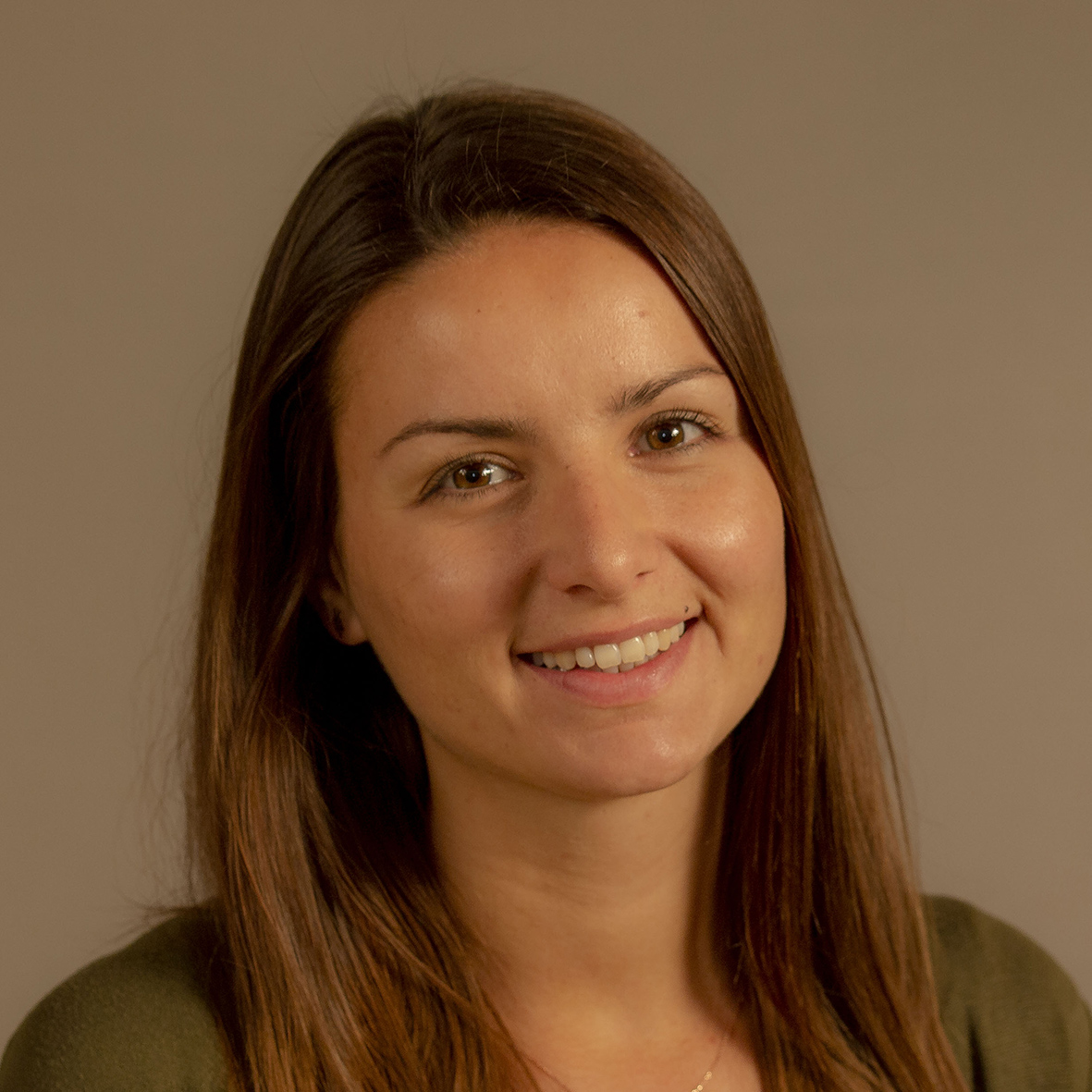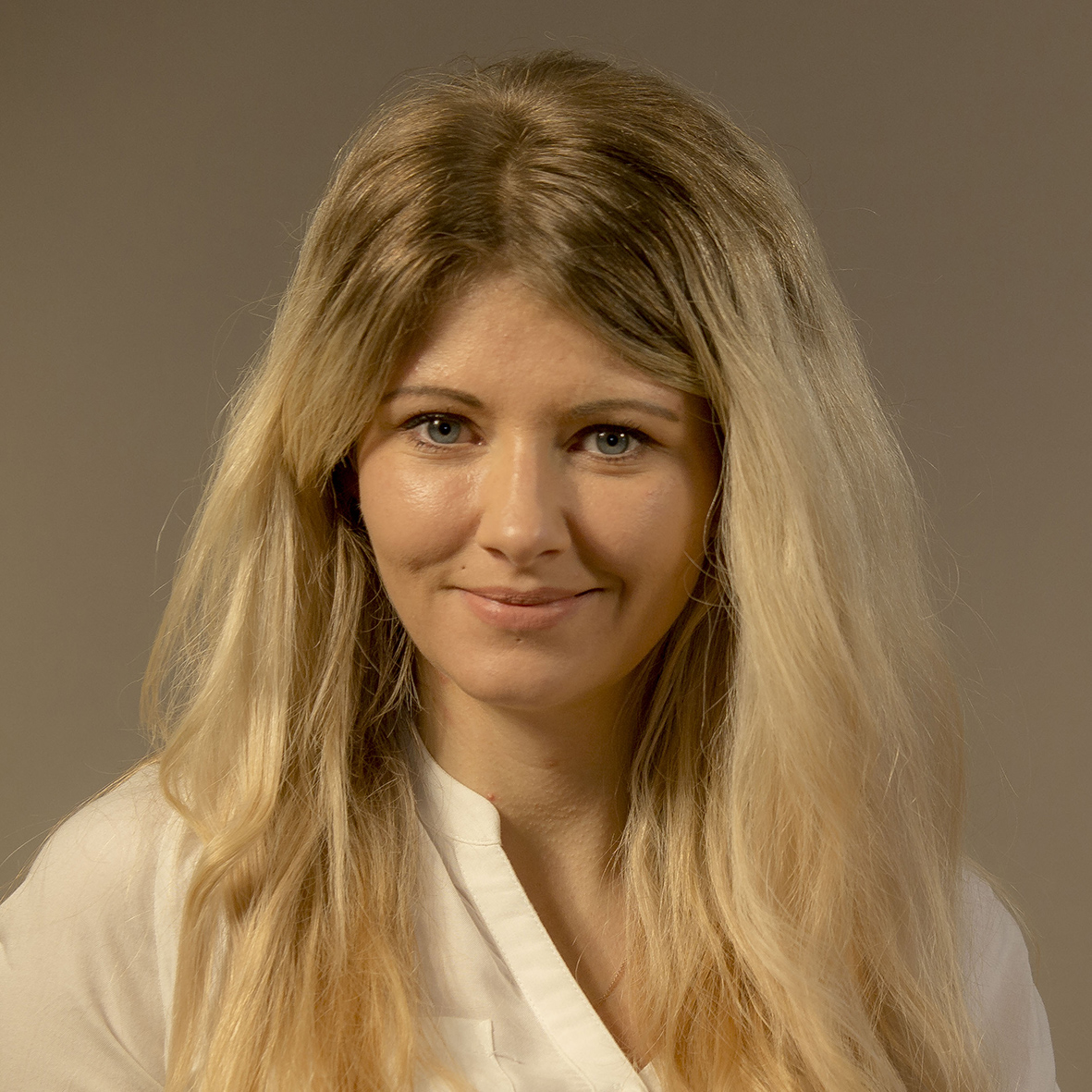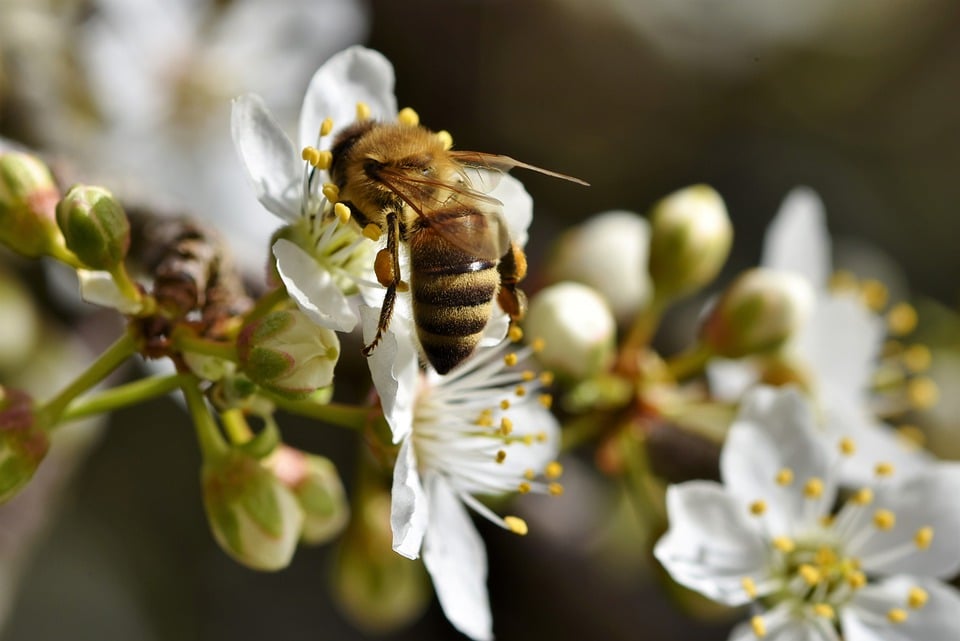What tasks do the participating citizen scientists have?
The main task of the citizen scientists is to determine which plant species are preferred by certain wild bee species and other pollinators as a food source on several days from May to July 9th (depending on the flowering time of the plants).
The resulting data provides valuable contributions to research into the lifestyles of wild bees and other pollinators and is therefore used in research work by Dr. Johann Neumayer and the HBLFA Raumberg-Gumpenstein are included.
- Monitoring : Monitoring should be carried out on as many days as possible at three different times of day in daylight. The weather also plays a role, as pollinators are more common in sunny weather but less common in rain or strong winds.
- Data collection: An input mask was set up online for data collection. In addition, we will also provide observation forms that can be filled out by hand. The online entry would then have to be done afterwards and, for school classes, is best done by a student or the teacher.
To carry out this monitoring in your own garden, the following additional preparations are necessary:
- Site analysis : Since the structures of the landscape in the area are crucial for the occurrence of pollinators, participants should carry out a site analysis before starting monitoring. Instructions on how to carry out this are also discussed in the experimental instructions; a template is provided. When analyzing the location, particular attention should be paid to whether there are forest edges or (field) hedges with dead wood and whether there are orchards, poor meadows, herbaceous water edges or other flowering areas. The presence of dry, hollow plant stems, areas of soil free of vegetation or insect hotels should also be documented.
- Planting the flowering area: Citizen Scientists receive seeds for approx. 4 m² of area, which can be sown in their own garden or in pots, which is why participation is also possible without your own garden. The following four plant species are sown: meadow clover ( Trifolium pratense) , cornflower ( Cyanus segetum ), corn poppy ( Papaver rhoeas ) and camelina ( Camelina sativa ).
In the best case scenario, sowing should take place in March 2021 (as soon as the first early bloomers become visible), but by the end of April 2021 at the latest.
What materials are made available to participating citizen scientists?
In order to enable citizen scientists to identify and participate in the project, the following materials are being prepared with the technical support of wild bee experts Dr. Johann Neumayer created and made available digitally by mid-February 2021 at the latest:
- Info workshop via Zoom (date will be announced soon)
- Digital materials for participants: experimental instructions, information materials about pollinators and identification keys for the selected pollinators
There will be different materials for adults and children.
More details about the project
The citizen science project “PolliDiversity” specifically addresses the question “Which pollinators, especially bees, prefer the four selected plant species - meadow clover (Trifolium pratense, cornflower (Cyanus segetum), corn poppy (Papaver rhoeas) and camelina (Camelina sativa)”. differently structured landscapes as a food source and how large is the proportion of honey bees (Apis mellifera) observed?”
These four plant species were chosen because they have different flower shapes and belong to different families.
The meadow clover ( Trifolium pratense ) belongs to the family of butterflies, has a spiked inflorescence made up of many small flowers that have fused petals and sepals and is one of the nectar-producing flowering plants. The red and blue reflective flowers - bees can only see the blue part - have a tube length of approx. 9 mm, so that the nectar is only accessible to long-pronged bumblebees, which usually pollinate it. Honey bees can only collect pollen from meadow clover.
The cornflower ( Cyanus segetum) belongs to the daisy family and therefore has a flower basket consisting of many tubular flowers. The petals reflect continuously in the blue area, plus UV on the outside, so that a clear edge-center contrast is created for UV-perceiving insects such as bees. With a corolla length of approx. 3mm, the nectar supply is also accessible to short-nosed bees and some flies, and pollen is available to all flower visitors.
The corn poppy ( Papaver rhoeas ) belongs to the poppy family and was chosen because it has an open red and UV-reflecting flower. The corn poppy has no nectar, but is very rich in pollen and is visited very intensively by honey bees and bumblebees, especially in the morning.
The camelina ( Camelina sativa ) is one of the cruciferous plants and has four inconspicuous light yellow to yellow-green petals that reflect green-blue, a rich supply of nectar but hardly any pollen. It is often visited by wild bees, honey bees and hoverflies. (see Wing, 2018).
How is the data of participating citizen scientists handled?
The data will be treated strictly confidentially and in accordance with the EU General Data Protection Regulation.
Where will the results of biodiversity monitoring be found?
The data is stored and collected on Google Drive and provides valuable contributions to research into the lifestyles of pollinators and is therefore used as part of research work by Dr. Johann Neumayer and the HBLFA Raumberg-Gumpenstein published. Interested parties can access the data upon request.
Citizen Science Award 2021: Join in the research from April 1st!
For the sixth time, the OeAD and its Center for Citizen Science are inviting interested individuals of all ages - especially schoolchildren - to take part in the Citizen Science Award on behalf of the Federal Ministry of Education, Science and Research. The dedicated citizen scientists can take part in eight selected projects from the fields of natural sciences, humanities and social sciences during the research period from April 1st to July 9th. A diverse range of opportunities for research using analog and digital research methods enables different forms of engagement. In addition, the projects are designed so that they can also be carried out in the event of Covid-19-related exit restrictions and school closures.
This year, the most committed citizen scientists will once again be awarded cash and non-cash prizes at a festive event that will take place in autumn 2021. The school class that documents their participation in one of the nine projects with a particularly creative video will receive a special prize of €2,000!
Further information: https://youngscience.at/citizen-science-award/
Important! Even though the Citizen Science Award is a research competition, we ask all participants to comply with the Austrian government's Corona measures and not to take any risks. Health has priority!
Prizes are awarded in two different categories: school classes and private individuals. In both categories, prizes will be raffled off among the top five entries with the most high-quality reports (well-documented observations with visual evidence).
In the “school classes” category there are cash prizes to be won for the class fund: 1st place: 1000 euros, 2nd place: 750 euros, 3rd place: 500 euros
In the “private individuals” category there are great prizes to be won, such as a system camera and short holidays on the farm.
How can interested parties register?
Anyone interested can simply register via email. Please send registrations and queries to:
Author of the pictures: Christina Bischof from the 5L of the HBLFA Raumberg-Gumpenstein.
Project coordination:
Mag. Verena Mayer
Mag. Kathrin Blanzano
Dr. Johann Neumayer
Other contributors:
Dipl. Ing. Renate Mayer
Dr. Wilhelm Graiss
Further links:
https://www.citizen-science.at/projekte/pollidiversity-665
team

Mag. Kathrin Blanzano
Acquisition
Mag. Verena Mayer
Acquisition
DI Renate Mayer
Acquisition






